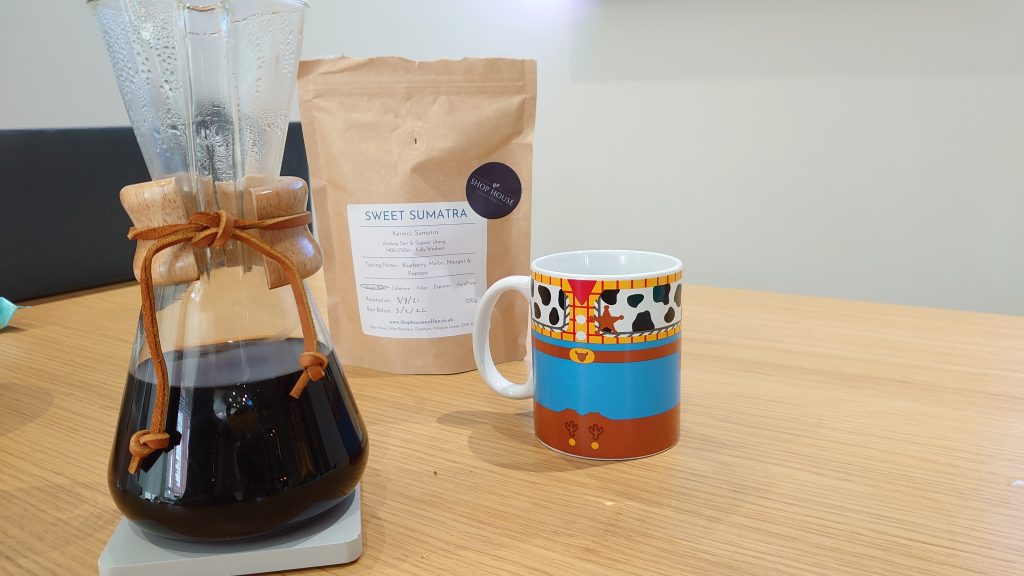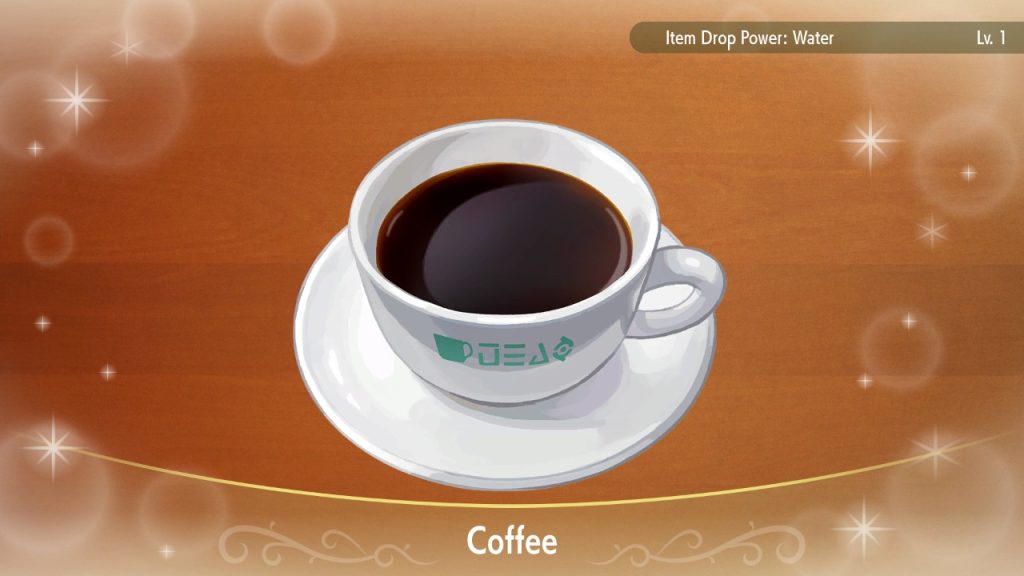Coffee is really popular around the world for its unique taste and stimulating effects, and a lot of us love that kick!. However, some individuals may want to enjoy the taste of coffee without the caffeine content. This is where decaffeinated coffee comes in. Decaffeinated coffee is made by removing most of the caffeine content from coffee beans. In this essay, we will explore how coffee beans are decaffeinated.
There are several methods used to decaffeinate coffee beans, and each method has its advantages and disadvantages. These methods can be broadly categorized into two groups: solvent-based methods and non-solvent-based methods.

Decaffeinate with solvents
Solvent-based methods involve using chemicals to extract caffeine from the coffee beans. The most common solvent used is methylene chloride, also known as dichloromethane. In this method, the coffee beans are first steamed to open up their pores, allowing the solvent to penetrate the beans. The beans are then washed with the solvent, which dissolves the caffeine. The caffeine-laden solvent is then separated from the beans, and the beans are rinsed to remove any residual solvent. Methylene chloride is an effective solvent, but concerns have been raised about its potential health risks.
Another solvent-based method is the use of ethyl acetate, which is a natural compound found in fruits and vegetables. In this method, the coffee beans are soaked in hot water to extract the caffeine. The resulting water is then mixed with ethyl acetate, which binds with the caffeine molecules. The water-ethyl acetate mixture is then separated from the beans, and the beans are rinsed to remove any residual solvent. Ethyl acetate is considered a safer solvent than methylene chloride, but some people may be allergic to it.
Non-solvent decaffeination
Non-solvent-based methods do not use chemicals to extract caffeine from the coffee beans. Instead, they use either water or carbon dioxide to extract the caffeine. These methods are generally considered safer and more environmentally friendly than solvent-based methods.
The water-based method is also known as the Swiss Water Process. In this method, the coffee beans are first soaked in hot water, which extracts the caffeine and other flavour compounds. The resulting water is then passed through activated carbon filters, which trap the caffeine molecules. The flavour compounds are then added back to the caffeine-free water, which is used to soak a new batch of beans. This process is repeated until the desired level of caffeine is reached. The beans are then dried and roasted. The Swiss Water Process is a popular method because it produces decaf coffee with a full flavour profile.
The carbon dioxide method involves using pressurized carbon dioxide to extract caffeine from the coffee beans. In this method, the coffee beans are first moistened with water and placed in a high-pressure chamber. Carbon dioxide is then introduced into the chamber, which binds with the caffeine molecules. The caffeine-laden carbon dioxide is then transferred to another chamber, where the pressure is released, causing the carbon dioxide to evaporate and leave behind the caffeine. The beans are then dried and roasted. The carbon dioxide method is considered a more expensive method, but it produces decaf coffee with a strong flavour and aroma.

Overall
Decaffeinated coffee is a popular alternative for coffee lovers who want to enjoy the taste of coffee without the stimulating effects of caffeine. There are several methods used to decaffeinate coffee beans, including solvent-based methods such as the use of methylene chloride and ethyl acetate, and non-solvent-based methods such as the Swiss Water Process and the carbon dioxide method. Each method has its advantages and disadvantages, but they all produce decaf coffee that retains much of the flavour and aroma of regular coffee.
Do you think you’d prefer to know your decaf was naturally made? Or are you happy with the solvent-based methods? Personally, the Swiss Water method appeals to me the most, but does it get rid of enough caffeine?

